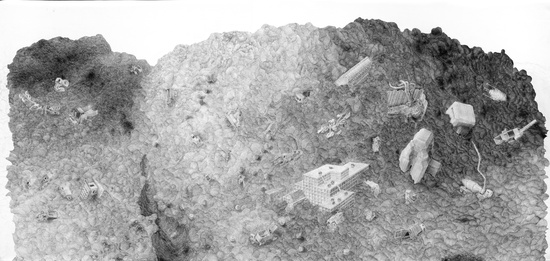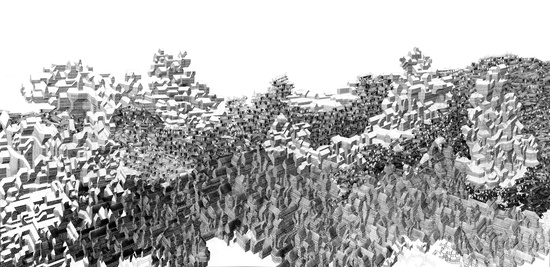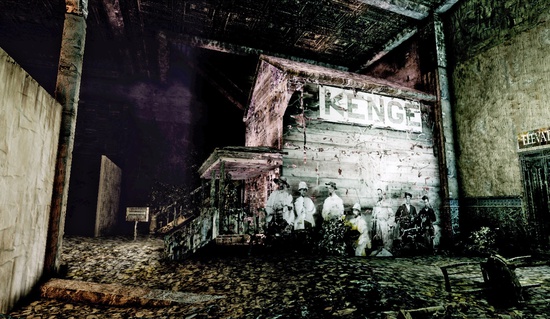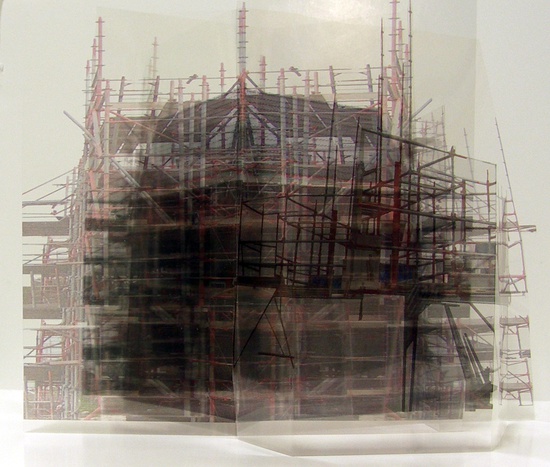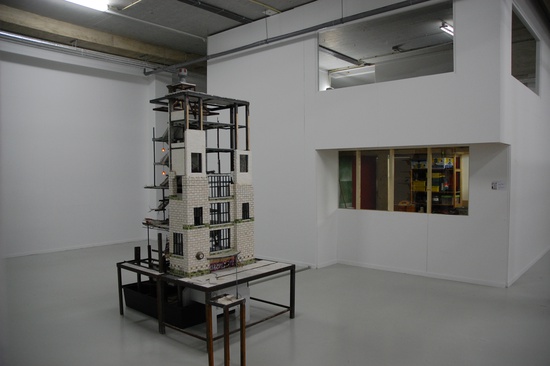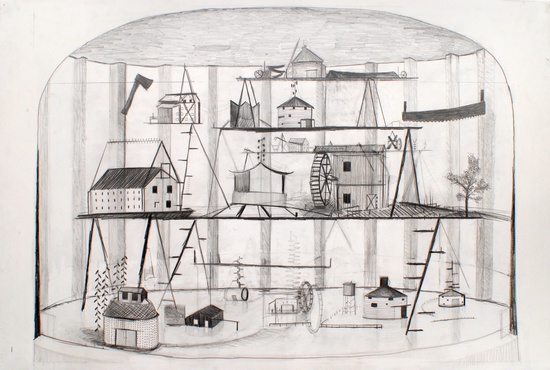- Georg Bohle, City 3, 2008
- Georg Bohle, City 6, 2011
- Georg Bohle, City 7, 2011
- Georg Bohle, Zonder titel, 2007
- Jasper de Beijer, The Recollector, 2011
- Jasper de Beijer, The Recollector, 2011
- Jasper de Beijer, The Recollector, 2011
- Inti Hernández, Bridging differences, 2010
- Inti Hernández, Bridging differences, 2010
- Inti Hernández, Bridging differences, 2010
- Alexa Meyerman, 11:23 AM, 2011
- Alexa Meyerman, 11:24 AM, 2011
- Alexa Meyerman, 11:27 AM, 2011
- Alexa Meyerman, 11:30 AM, 2011
- Alexa Meyerman, Wormhole, 2011
- Renato Nicolodi, Monuments aux Morts, 2011
- Renato Nicolodi, Monuments aux Morts, 2011
- Renato Nicolodi, Monuments aux Morts, 2011
- Erik Sep, Liberty City, 2011
- Erik Sep, Liberty City, 2011
- Erik Sep, Liberty City, 2011
- Erik Sep, Liberty City, 2011
- Sandro Setola, Beachhouse (night), 2008
- Sandro Setola, Beachhouse (shield), 2009
- Sandro Setola, Beachhouse (sideview#3), 2011
- Dirk Zoete, Houses on stage, 2011
- Dirk Zoete, Mestkop, 2008
- Dirk Zoete, Mestkop, 2008
- Dirk Zoete, Stage (circus), 2011
- Dirk Zoete, Stage-construction, 2011
- Dirk Zoete, Zonder titel (ark), 2011
ExhibitionHermetic City
Tekst: Hans van der Ham en Yasmijn Jarram
Architecture plays a remarkable role in the group exhibition Hermetic City. It is functional by nature: it creates order in the natural chaos and separates the interior from the exterior. When applying this idea to the visual arts world, the door of an artist’s studio can be considered as a boundary between an inner and an outer world. The eight artists participating in Hermetic City use precisely architecture to cancel out this boundary. After all, architecture is pre-eminently linked to everyday life. The artists treat architecture as a visual language; it is a voice with which they can represent their invisible inner worlds to the outside world. These representations take on different forms: from photographs and pencil drawings to models and an interactive installation.
All the artworks of Hermetic City exude an almost romantic longing for 19th century ivory towers, vistas, overgrown ruins, cramped rooms and endless staircases. This results in imaginary universes – either fairytale-like or grim – that initially seem hermetic and inaccessible. However, quite the opposite is true. Although these mysterious worlds cannot be entered physically, mentally the options are unlimited. If you open up your inner world, you can subsequently enter someone else’s inner world too.
Despite the different nature and form, all the Hermetic City artworks invite the visitor to explore unknown territory and enter into dialogues. All of these eight artists let the boundary between the inner and the outer world disappear – each in their own unique way. Human beings are rarely ever present in their creations and this undermines architecture’s functionality. Roads are merely contours and buildings become decorative objects. Hermetic City’s main character is not architecture but the visitor’s imagination.


